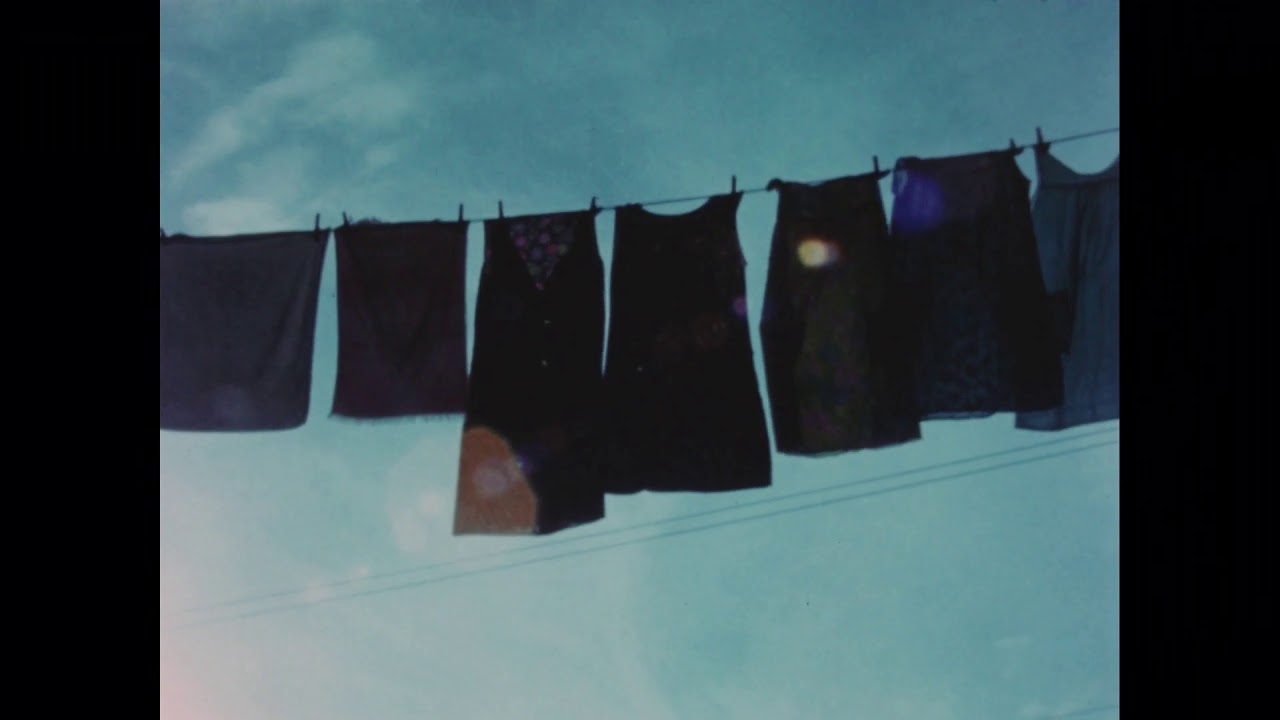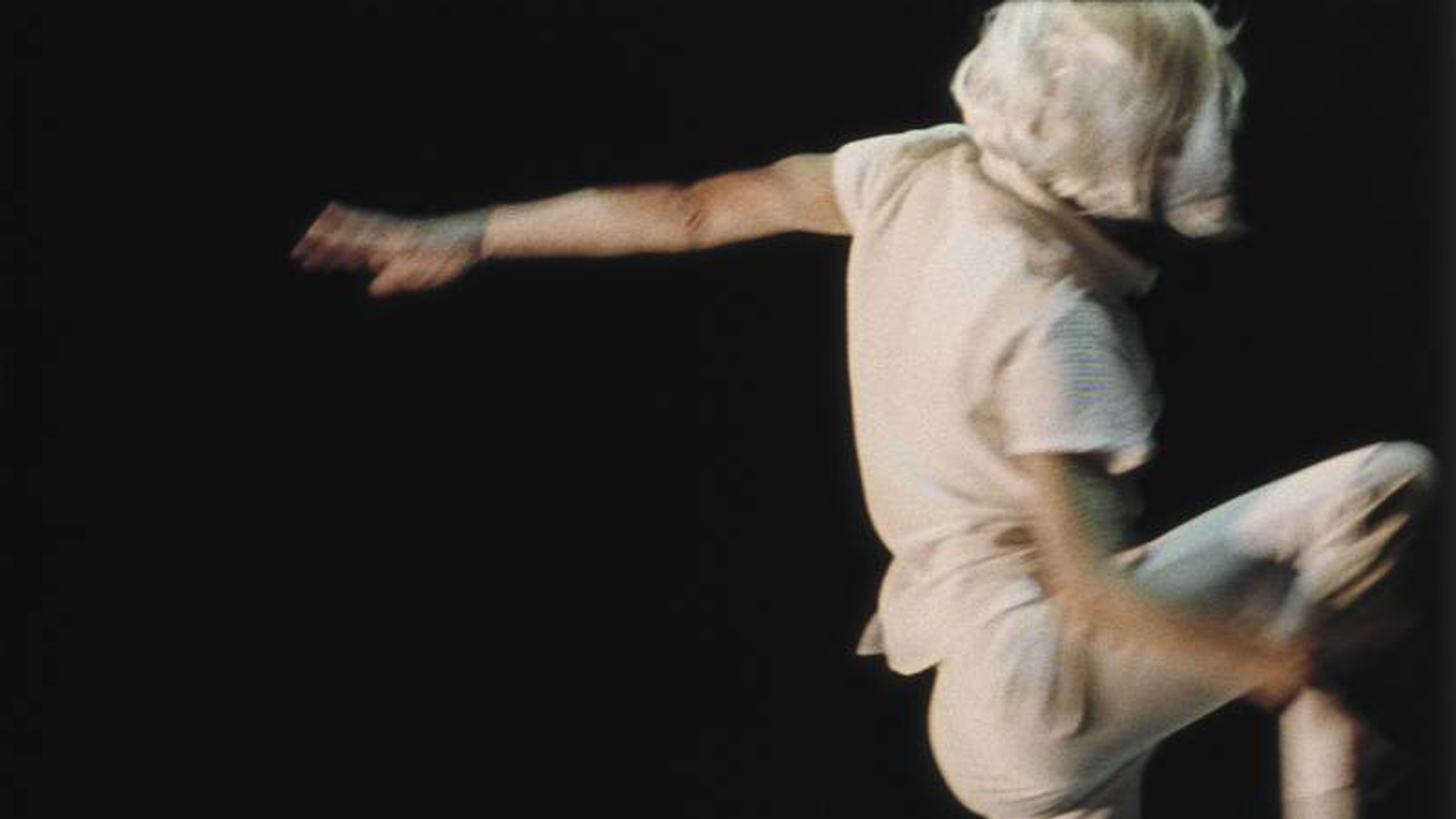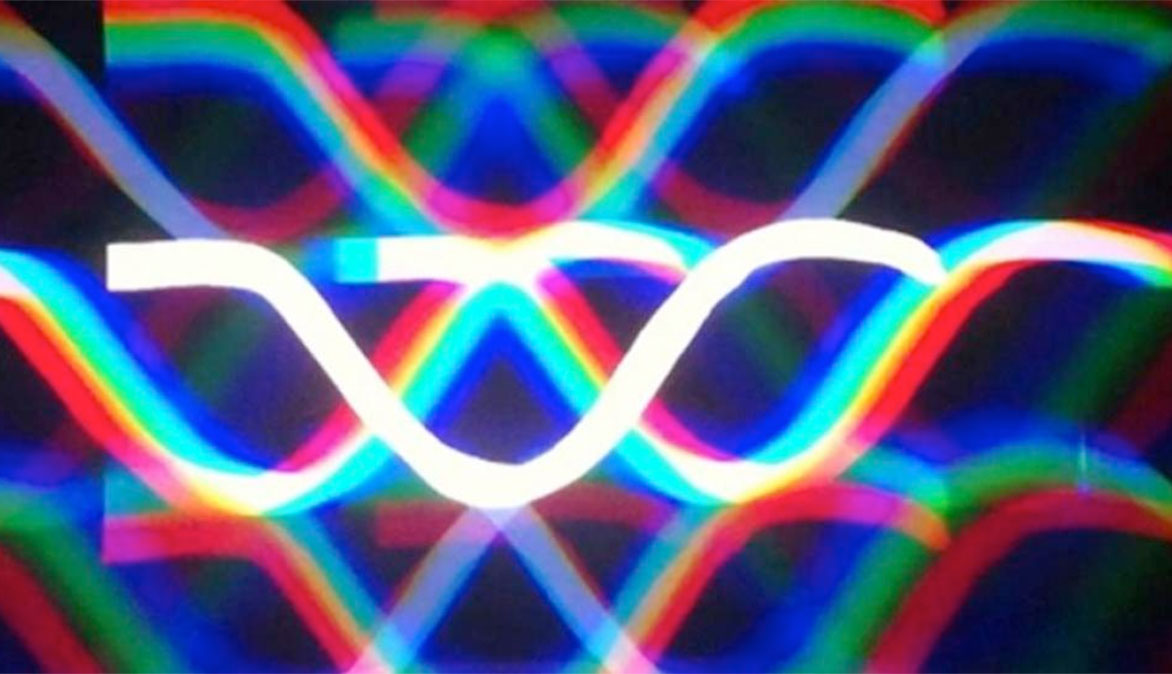
CHROMA_DEPTH
March 23 · Knoxville Museum of Art · 3:15 P.M.
55 minutes
Color — deep, saturated color. This program showcases a handful of chromatic delights, each radically different in approach, format, and effect from the next. United by themes of personal triumph and impenetrable enigmas, these films invariably explode from the screen, even if we sometimes don’t know how or why.
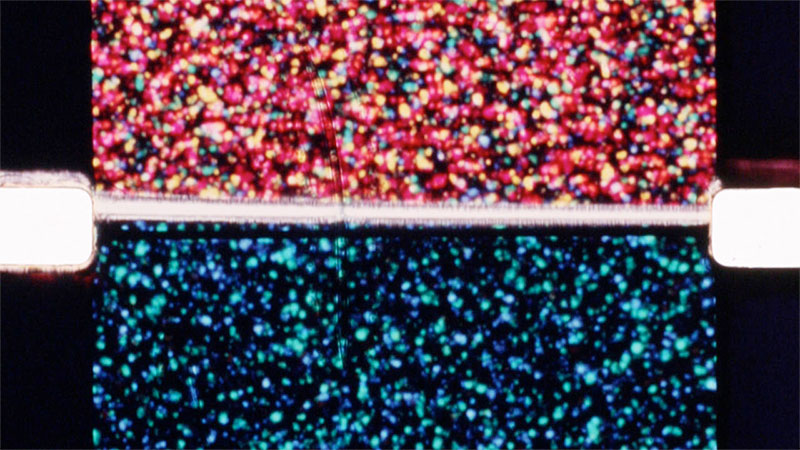
3D Movie
Paul Sharits, 1975, 8 minutes, 16mm
Recently rediscovered and apparently made while Sharits was working on Apparent Motion (1975), 3D Movie relies on Anaglyph glasses (the old school red-and-cyan format) to divided its millions of dancing film grains — red and pink, blue and turqoise — as they crawl atop one another in a sea of color and un-resolvable information.
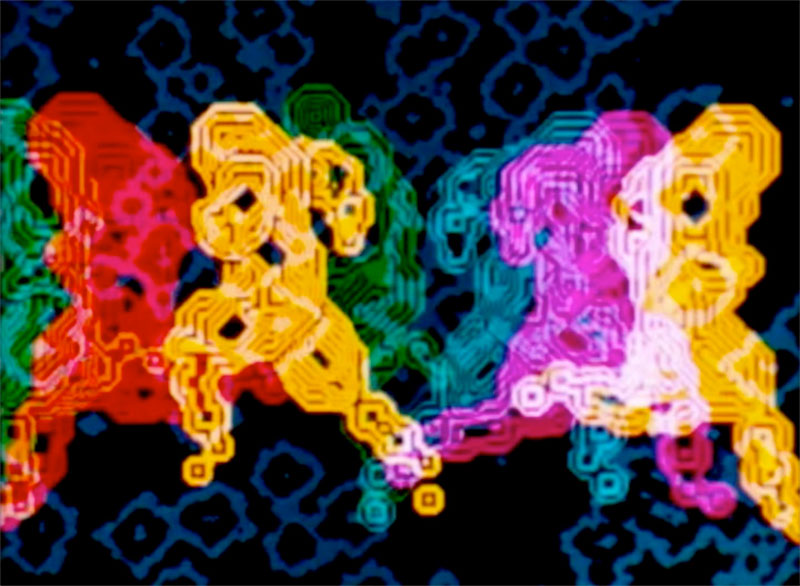
Olympiad
Lillian F. Schwartz, 1971, 3 minutes
A study in motion by pioneer of computer-generated films, Lillian F. Schwartz, who only discovered somewhat recently that her ’70s films are a perfect match for the ChromaDepth 3D format. Olympiad is based on Eadweard Muybridge’s early chronophotography of a running man.
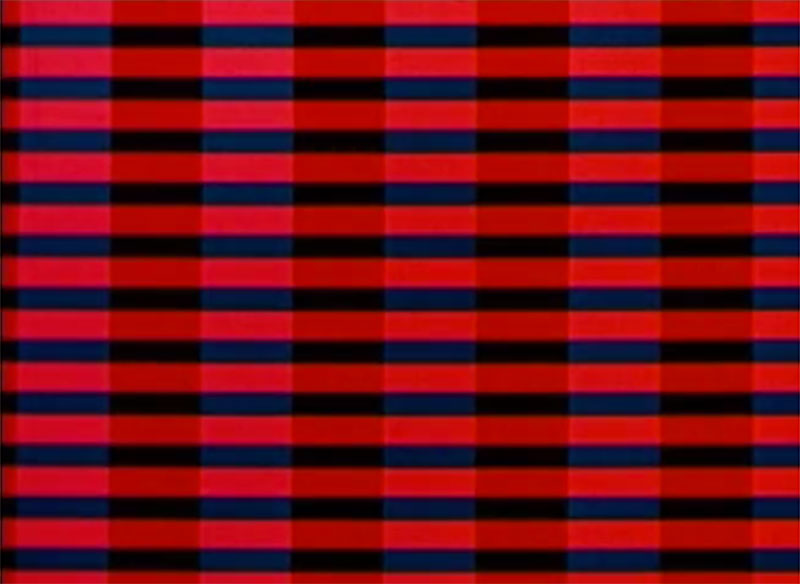
Enigma
Lillian F. Schwartz, 1972, 4 minutes
“Lines and rectangles are the geometric shapes basic to Enigma, a computer graphics film full of subliminal and persistent image effects. In a staccato rhythm, the film builds to a climax by instantly replacing one set of shapes with another, each set either changing in composition and color or remaining for a moment to vibrate strobiscopically and then change.” – The Booklist.
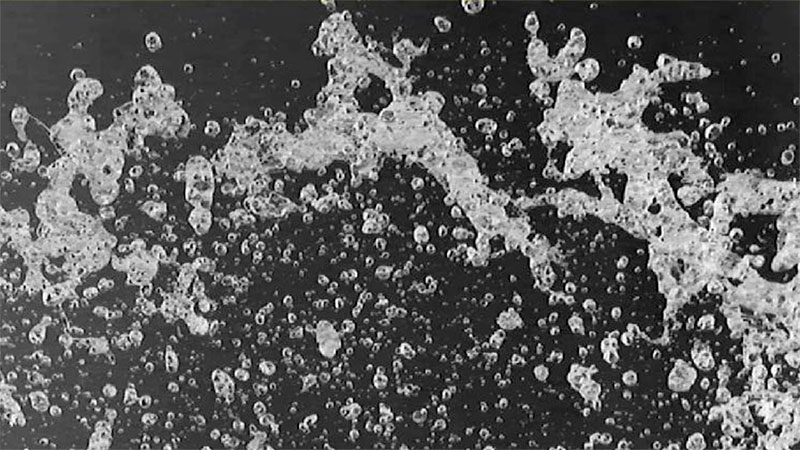
Cyclops Observes the Celestial Bodies
Ken Jacobs, 2014, 17 minutes
One-eyed, “Cyclopean 3D,” is, for Jacobs, the most 3D a single eye can come up with. In this celestial ballet of water, droplets of matter stand — frozen in time, positioned in space — only the move, crunching eternally into themselves with infinite malleability. “Actual seeing into depth must be denied, it’s the law.” (Jacobs)
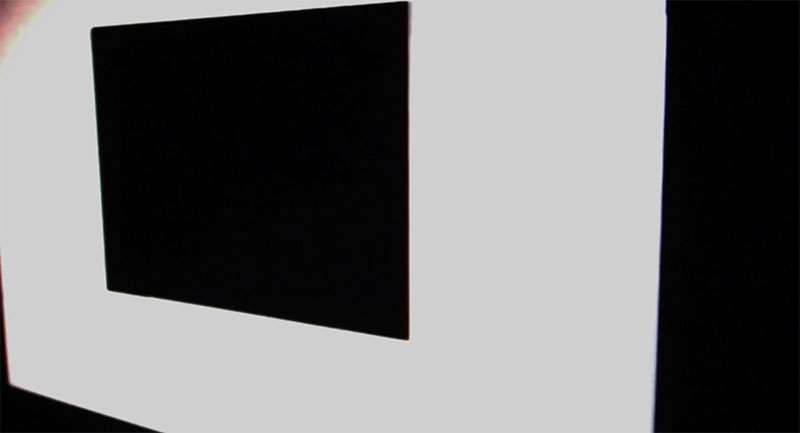
NOT AND OR
Simon Payne, 2014, 19 minutes
A silent, cryptic study of virtual space and our brains’ capacities for expanding the minimal into the dynamic, NOT AND OR is composed of little more than black & white quadrilaterals and conjunctive words. Like a grand reduction of Michael Snow’s text-based comedy, So is This (1982), Payne here uses a process of re-photography to expand his film’s dimensions, which multiply exponentially until they become infinitely radiant.
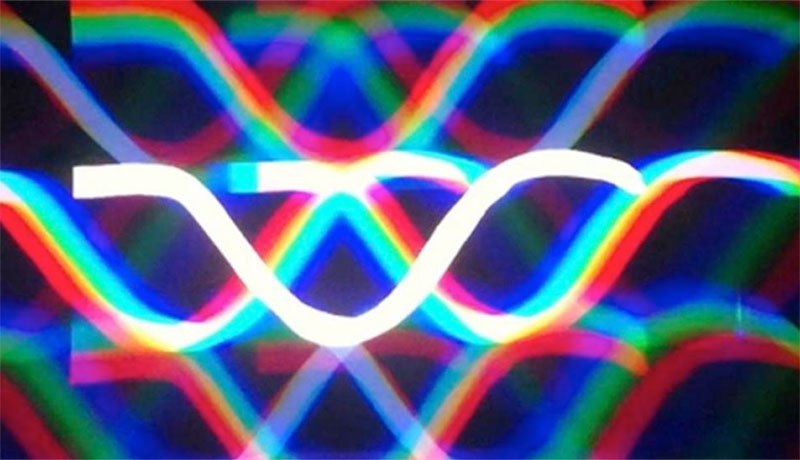
Let Your Light Shine
Jodie Mack, 2013, 3 minutes, 16mm
What can we say, we just can’t get enough of Jodie Mack! Typically screened as the finale of her 2013 roadshow (which also, as an entity, goes by the name “Let Your Light Shine”), Let Your Light Shine employs the unique, prismatic qualities of Diffraction a.k.a. “Fireworks” glasses to offer one of the most intoxicating and pleasurable three minutes of cinema we know. Prepare to be bedazzled to death.

